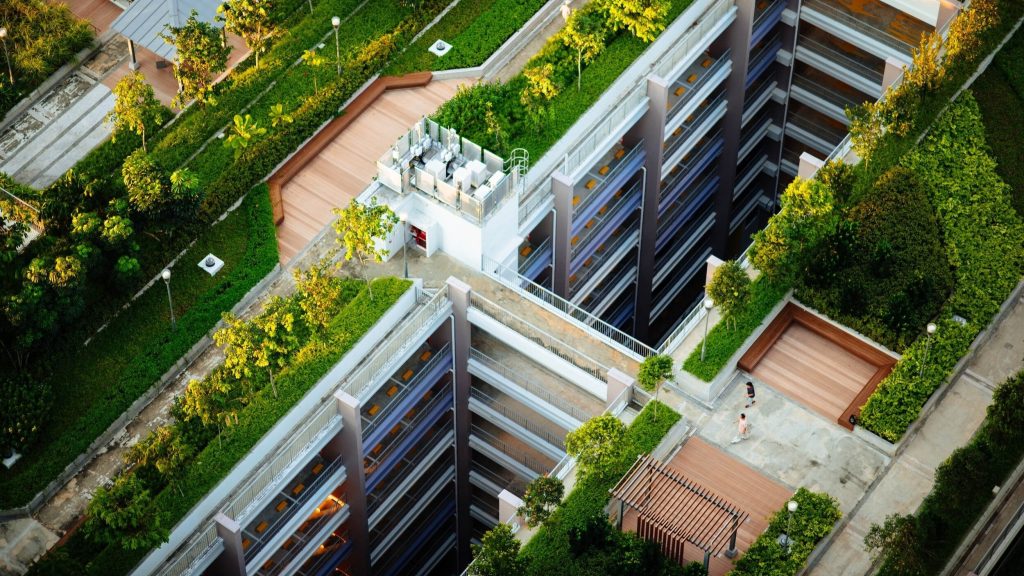As employees are gravitating towards the comforts of their homes – enjoying the benefits of hybrid working – organisational leaders are tasked to find new ways of maintaining an engaged, connected and high-performing workforce. The fight for talent, employees’ evolving expectations for a positive workplace experience, and the uncertainty of the future only intensify the challenges. Meanwhile, office spaces are widely underutilised, which is a ‘problem’ that more and more leaders are turning into promising opportunities.
Tenants’ evolving workplace strategies are shifting the real estate market
Many organisations, large and small, are downsizing. A global poll by Leesman in late 2022 found 69% of the surveyed corporate real estate leaders ‘intended to reduce their real estate footprints over the next 18 months’. At the same time, organisations are seeking to move up an office grade as part of a flight to better quality spaces. Leaders value workspaces that are attractive enough to earn the employees’ commute, support evolving work patterns, and offer a competitive advantage. Tenants also seek flexibility, in the forms of adaptable and versatile floor plates and fit-outs, spaces that can accommodate growth, as well as shorter lease terms.
These demands are reshaping the corporate real estate market. Vacancy rates in Australia are exceptionally high. According to the Office Market Report – published by The Property Council of Australia in July 2023 – CBD vacancy rates are at 12.8% nationally. A rise in new office supply, along with high interest rates, are also contributing to a fall in property values, putting pressure on landlords to fill vacancies. As such, quality spaces are becoming more affordable. Rental rates of prime properties are still rising in many cities, but these are propped up by high incentives.
Demand for premium and A-grade buildings is surging, especially among the sub-1000m2 markets. On the flip-side, demand for lower grade buildings is decreasing, and it is forecasted that much of the B-grade and C-grade office stock which cannot or will not be upgraded will need to be repurposed to remain in use. Recognising these trends, proactive landlords have already undertaken – often speculative fit-outs to ensure the longevity of their properties.
An impressive range of initiatives is offered – and sought after
These building upgrades typically incorporate the refurbishment of spaces, intelligent building technologies, premium end-of-trip and fitness facilities, outdoor spaces, cafes, bars, and other hospitality services. Significant investment is being channelled into improving buildings’ environmental performance and capability to support occupants’ health and wellbeing, as tenants and investors increasingly seek buildings that support their ESG (environmental, social and governance) commitments.
Organisations are placing increasing value on personalised, highly functional and innovative workplace environments. They also recognise the worth of technology that can assist with gathering and analysing data on behaviour patterns and utilisation rates, providing powerful insights for both themselves and their landlords.
One sector that is increasing in popularity in the corporate real estate market is coworking space providers. By positioning themselves as community hubs as well as hospitality service providers – while offering a broad range of work, educational and social settings through flexible membership plans – they are increasingly appealing to both organisational leaders and employees. Subsequently, a growing number of businesses, including major corporates, are leaving the traditional office to operate from coworking spaces.

Collaborations and partnerships are key in moving forward
Despite some clear trends, there’s no definitive formula for attracting tenants or maximising return on investment to upgrade existing buildings. What building qualities and services organisations value most can vary greatly. Therefore it is beneficial for landlords to collaborate with existing and potential tenants to understand their needs and wants.
As McKinsey points out, the notion that ‘if you build it, they will come’ is a thing of the past. Landlords need to see themselves as problem solvers, as opposed to providers of a static product, to maintain market share. They must develop new operating models and technology solutions along with fresh capabilities to attract and retain tenants. Landlords also need to be able to demonstrate how the property can support tenants’ objectives and aspirations, for example, through space planning services.
All these are best achieved through collaboration and strategic partnerships. With the right resources and capabilities combined, buildings can be developed into thriving hubs that provide an outstanding user experience while setting up landlords and tenants alike for sustainable success.






